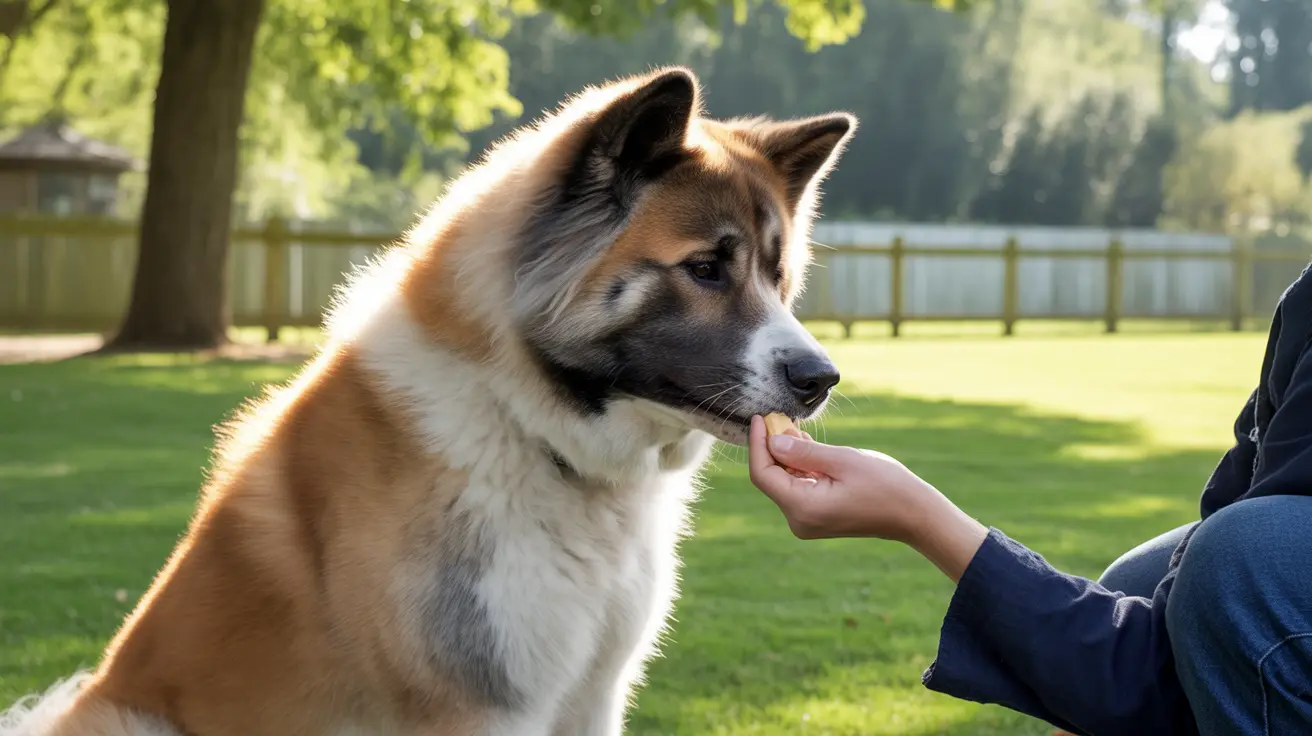Akitas, with their powerful build and noble bearing, often spark discussions about their potential dangers. As a large breed with a complex personality, understanding their true nature requires looking beyond common misconceptions and examining facts about their temperament, behavior patterns, and safety considerations.
This comprehensive guide will explore the reality behind Akitas' reputation, analyzing their behavioral tendencies, potential risks, and what makes them either dangerous or safe companions depending on various factors.
Understanding Akita Temperament and Natural Instincts
Akitas were originally bred as guard dogs and hunters in Japan, which has significantly influenced their modern-day temperament. These dogs possess strong protective instincts and remarkable loyalty to their families. However, their natural wariness of strangers and territorial nature requires proper management.
- Strong protective instincts
- Independence and intelligence
- Natural wariness of strangers
- Profound loyalty to family members
- High prey drive towards smaller animals
Physical Capabilities and Potential Risks
An adult Akita's physical attributes contribute significantly to their potential for causing harm if not properly trained and managed. Weighing between 70 to 130 pounds and standing up to 28 inches at the shoulder, these dogs possess considerable strength and a powerful bite force of 400-600 PSI.
Their size and strength mean that any aggressive incident, though rare with proper training, could have serious consequences. This reality underscores the importance of responsible ownership and proper training.
Training and Socialization Requirements
Early socialization and consistent training are crucial for developing a well-adjusted Akita. These dogs require:
- Extensive early socialization with people and other animals
- Consistent, firm, but gentle training methods
- Regular exercise and mental stimulation
- Clear boundaries and structure
- Positive reinforcement techniques
Training should begin in puppyhood and continue throughout the dog's life to maintain good behavior and prevent the development of aggressive tendencies.
Safety Considerations for Families
Families considering an Akita should carefully evaluate their ability to meet the breed's specific needs. These dogs can be wonderful family companions but require:
- Experienced dog handling
- Secure fencing
- Supervision around children
- Regular exercise and training
- Proper socialization opportunities
Managing Akita Behavior in Different Environments
Environmental management plays a crucial role in preventing dangerous situations with Akitas. This includes:
- Never allowing off-leash activity in unsecured areas
- Using appropriate containment systems
- Maintaining structured routines
- Providing adequate exercise and mental stimulation
- Managing interactions with other animals carefully
Frequently Asked Questions
Are Akitas generally aggressive towards humans?
Akitas are not inherently aggressive towards humans. However, they are naturally protective and can be wary of strangers. With proper socialization and training, they typically show aggression only when they perceive a genuine threat to their family.
How can I socialize my Akita to prevent aggression towards other dogs?
Start socialization early in puppyhood, exposing your Akita to various dogs in controlled environments. Use positive reinforcement, maintain distance initially, and gradually decrease it as your dog shows comfort. Professional training assistance can be valuable in this process.
What are the most effective ways to train an Akita for obedience and safety?
Consistent, positive reinforcement-based training methods work best with Akitas. Start training early, establish clear boundaries, and maintain regular training sessions throughout their life. Professional training support is recommended, especially for first-time Akita owners.
Why do Akitas have a higher reported bite rate compared to other breeds?
The higher bite rate can be attributed to several factors, including their size and strength making any incident more likely to be reported, their protective nature, and sometimes improper handling or training by inexperienced owners.
Can inexperienced dog owners safely keep an Akita as a pet?
While not impossible, it's generally not recommended for inexperienced owners to start with an Akita. These dogs require knowledgeable handling, consistent training, and understanding of their unique temperament to ensure safe and successful ownership.
Conclusion
While Akitas can potentially be dangerous due to their size and strength, their behavior largely depends on proper training, socialization, and responsible ownership. With appropriate care, training, and management, Akitas can be safe and loyal family companions. However, potential owners should carefully consider their ability to meet this breed's specific needs before making the commitment.






